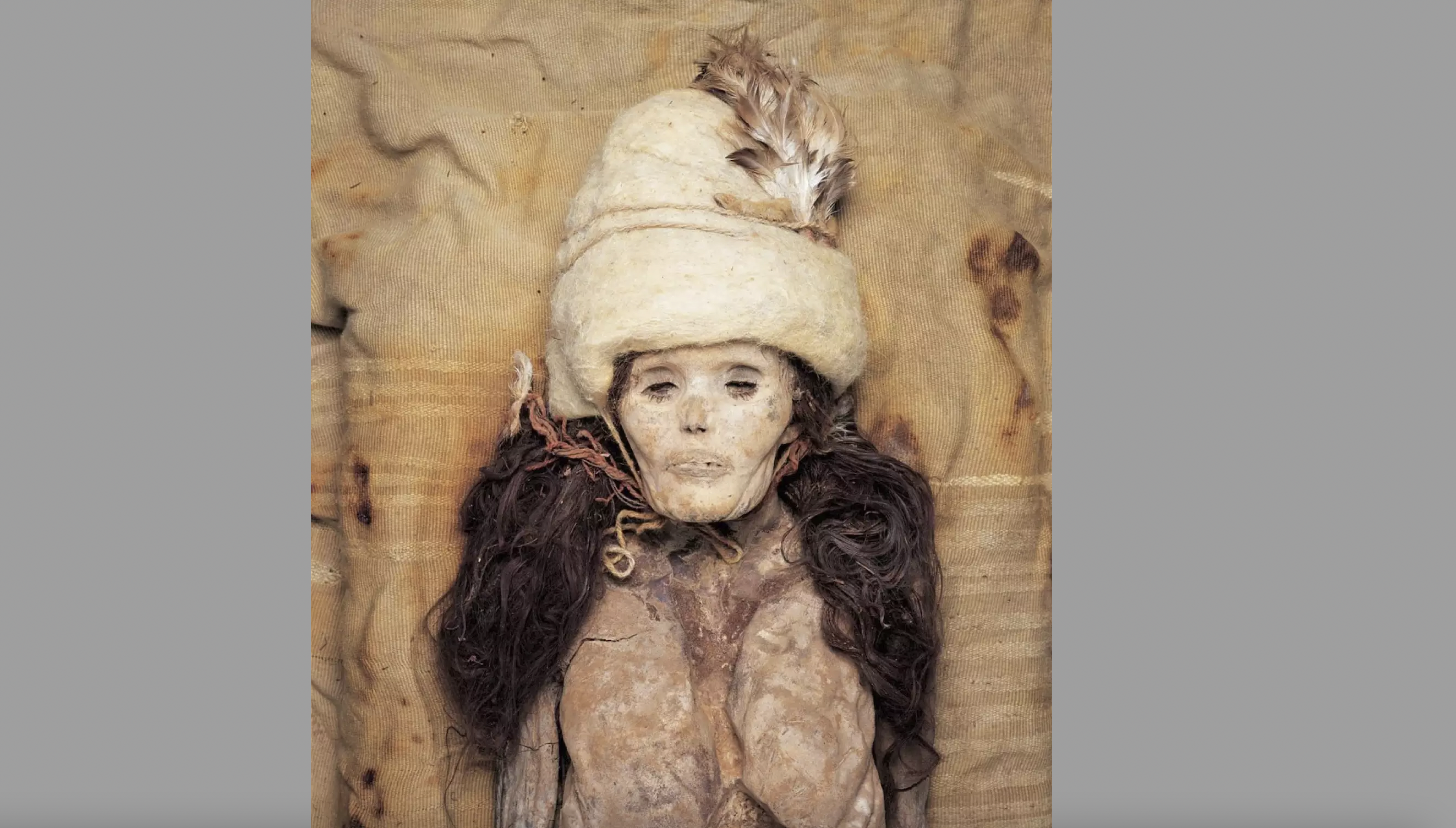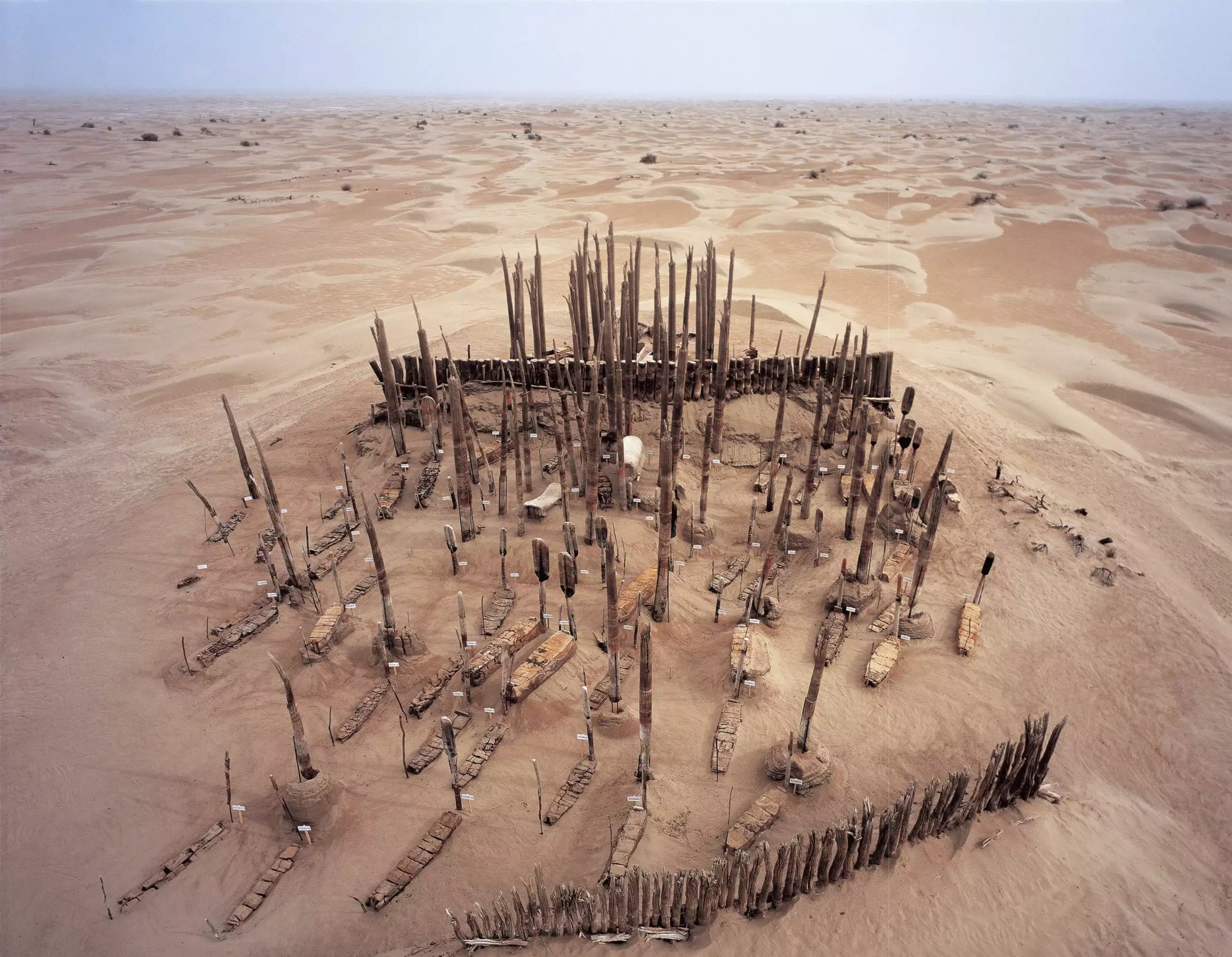General Discussion
Related: Editorials & Other Articles, Issue Forums, Alliance Forums, Region ForumsThese Remarkably Preserved Chinese Mummies Have a Surprise Ancestry
These Remarkably Preserved Chinese Mummies Have a Surprise Ancestry
The mummies belonged to a population that is genetically isolated but culturally cosmopolitan.
https://www.vice.com/en/article/m7vjvy/xinjiang-xiaohe-mummy-archaeology
by Viola Zhou
October 29, 2021, 2:27am
 ?crop=0.5079xw:0.502xh;0.2128xw,0.238xh&resize=500
?crop=0.5079xw:0.502xh;0.2128xw,0.238xh&resize=500![]()
A naturally mummified woman, dubbed the Beauty of Xiaohe, was unearthed from the Xiaohe cemetery in the Tarim Basin. Photo: Wenying Li, Xinjiang Institute of Cultural Relics and Archaeology
-snip-
Hundreds of human remains dating to around 2000 BC to AD 200, naturally mummified in the desert climate, have been discovered in the Tarim Basin since the late 1990s. One of the oldest and most prominent was the 3,500-year-old body of a woman dubbed “the beauty of Xiaohe,” who had retained her long hair, eyelashes and wool hat.
 ?resize=800
?resize=800![]()
Mummies unearthed from the Xiaohe Cemetary belong to people who lived in the Tarim Basin nearly 4,000 years ago. Photo: Wenying Li, Xinjiang Institute of Cultural Relics and
-snip-
“In contrast to their marked genetic isolation, however, the populations of the Xiaohe horizon were culturally cosmopolitan, incorporating diverse economic elements and technologies with far-flung origins,” the researchers wrote.
The Tarim people made cheese from ruminant milk using a kefir-like fermentation, perhaps learned from descendants of a steppe population, and they cultivated wheat, barley and millet, crops that were originally domesticated in the Near East and northern China, according to the study. The early Tarim people also buried their dead with Ephedra twigs in a style reminiscent of the oasis cultures from what is today’s Afghanistan.
Meanwhile, they had developed their unique cultural elements, such as boat-shaped wooden coffins covered with cattle hides and marked by timber poles or oars, as well as an apparent preference for woven baskets over pottery.
-snip-
mopinko
(70,102 posts)usually a sign on a nomadic population. hard to drag clay pots around.
hard to figure that in w genetic insulation.